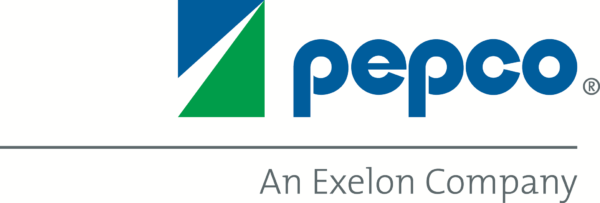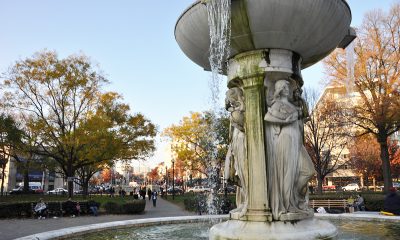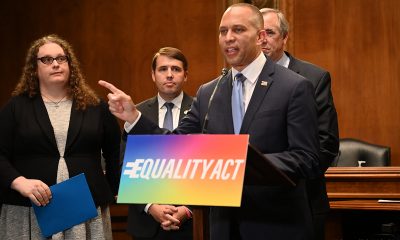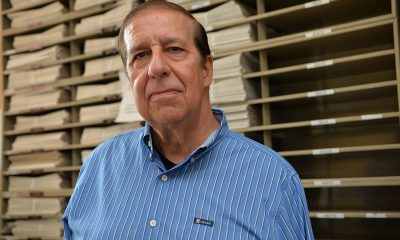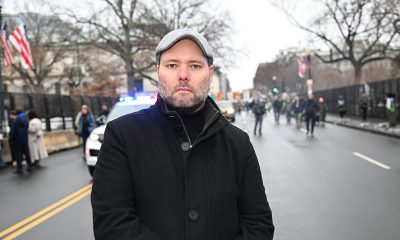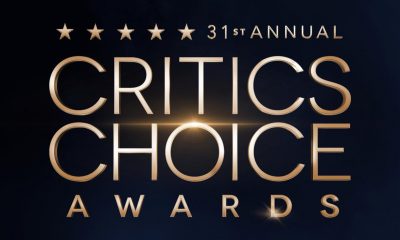Local
ADVERTORIAL | Pepco’s Commitment to Our Customers and the Climate
Bold action needed to reduce the emissions, build resilience
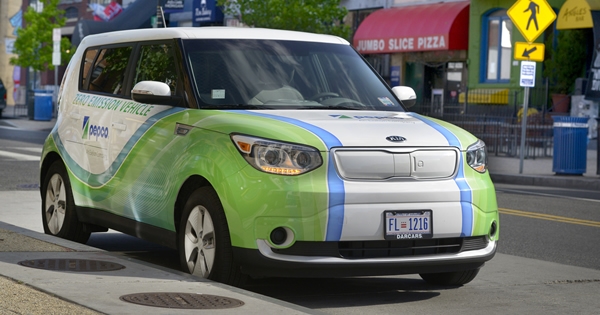
Climate change poses a threat to all our communities. From coastal towns and riverfront communities, to urban centers and suburban neighborhoods, the frequency and severity of storms, heat waves, droughts and wildfires is increasing. Among the other extremes of the year 2020, it was also one of the two hottest years on record, tying with 2016. The need to take bold action to both reduce the emissions that drive climate change and build resilience for an unpredictable future is critical and Pepco is committed to doing its part.
As the local electricity provider for the District of Columbia, we are connected to our customers and communities by more than just wires and recognize the role we can and must play in helping to drive actions with positive climate impact. And, while Pepco does not own power plants, we know there are actions we can take to reduce the greenhouse gas footprint of our own operations, including our buildings, fleet and grid, and help our customers and communities do the same.
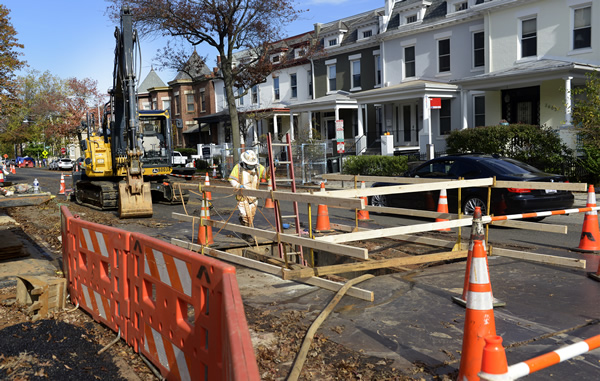
Pepco supports the District’s goal to achieve carbon neutrality by 2050 and recently launched a Climate Change Commitment aligned with this effort. Pepco’s Climate Change Commitment includes more than 20 actions to help combat the climate crisis and drive its own greenhouse gas emissions down by 70 percent over the next five years.
“Climate change is real, and we are seeing its many effects today,” notes Melissa Lavinson, senior vice president of Governmental and External Affairs for Pepco Holdings. “We need to take action now to ensure a clean and healthy environment for our families, our communities and future generations. And, for Pepco, it all starts with building a smarter, stronger and cleaner energy system and providing climate solutions that benefit all Washingtonians.”
The company is also exploring solutions as an energy delivery company that provides products and services to customers to enable them to take action to reduce their greenhouse gas footprint; and as a community partner that can enable programs and initiatives to help reduce energy use, build resilience and advance clean energy technologies, like local solar, electrified transportation and battery storage.
Pepco is making land and roof space available for community solar projects to benefit limited-income customers and help the District meet its local solar goals. And, Pepco itself will switch to 100 percent clean and renewable electricity for electricity consumed in its own buildings and convert to energy-efficient lighting across its District properties by the end of 2025.
To encourage all District residents to use energy more efficiently and drive down emissions in the built environment, Pepco collaborated with the District of Columbia Department of Energy and Environment, the DC Sustainable Energy Utility, the District Government and more than 20 environmental, business and community groups to launch #ReduceEnergyUseDC to inspire residents to save energy, save money and help flight climate change.
Pepco will also take action to create systemic changes to energy consumption and cultivate long-lasting consumer behaviors through a suite of energy efficiency programs that will be proposed to and considered by the DC Public Service Commission in 2021.
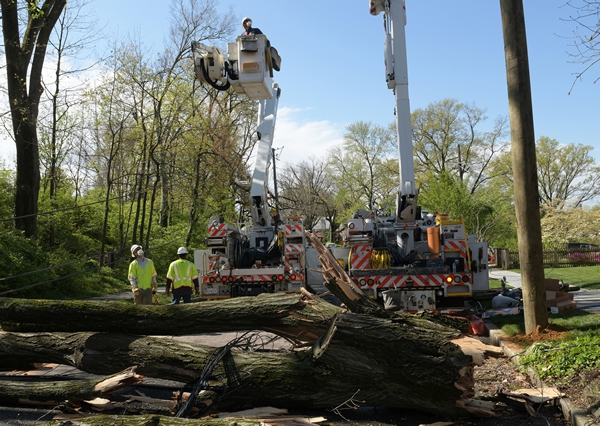
At the same time, Pepco is building out the infrastructure necessary to support greater electrification of taxis, rideshare vehicles, buses, and other vehicles in the District. Pepco, itself, will electrify half of its own passenger and medium-duty fleet by 2030. The company also offers EV charging rates to its District customers and will support an innovative pilot to electrify food trucks.
“Local energy delivery companies like Pepco are in the position to tackle climate change on a number of fronts, but we can’t do it alone,” says Lavinson. “Developing a unified approach to solve climate problems equitably, effectively and expeditiously is among the biggest challenges we face. By being a good partner and building a smarter, stronger and cleaner electric grid, we know we can be an important part of the change, and create good paying jobs for District residents, while expanding business opportunities for local businesses in the process.”
As 2021 progresses, Pepco will be making similar commitments for its Maryland operations, customers, and communities. It will be building from existing initiatives such as EVSmart, which enables electrified transportation, its award winning EmpowerMD energy efficiency programs, which helps customers save energy and money, its pending Smart Streetlights proposal and its Sustainable Community Grants program.
For more information on Pepco’s Climate Change Commitment and to track how the company is progressing toward it’s climate goals, visit: pepco.com/Climate.
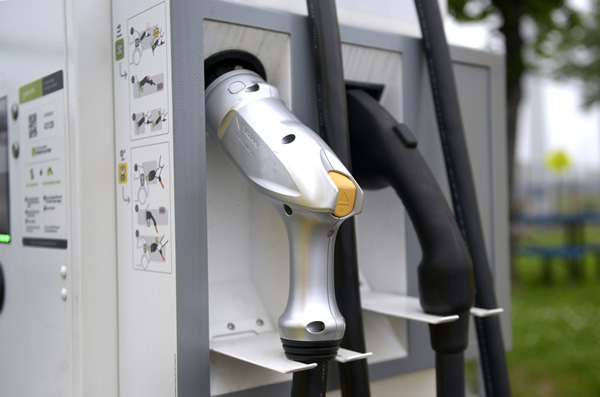
Virginia
Gay Va. State Sen. Ebbin resigns for role in Spanberger administration
Veteran lawmaker will step down in February
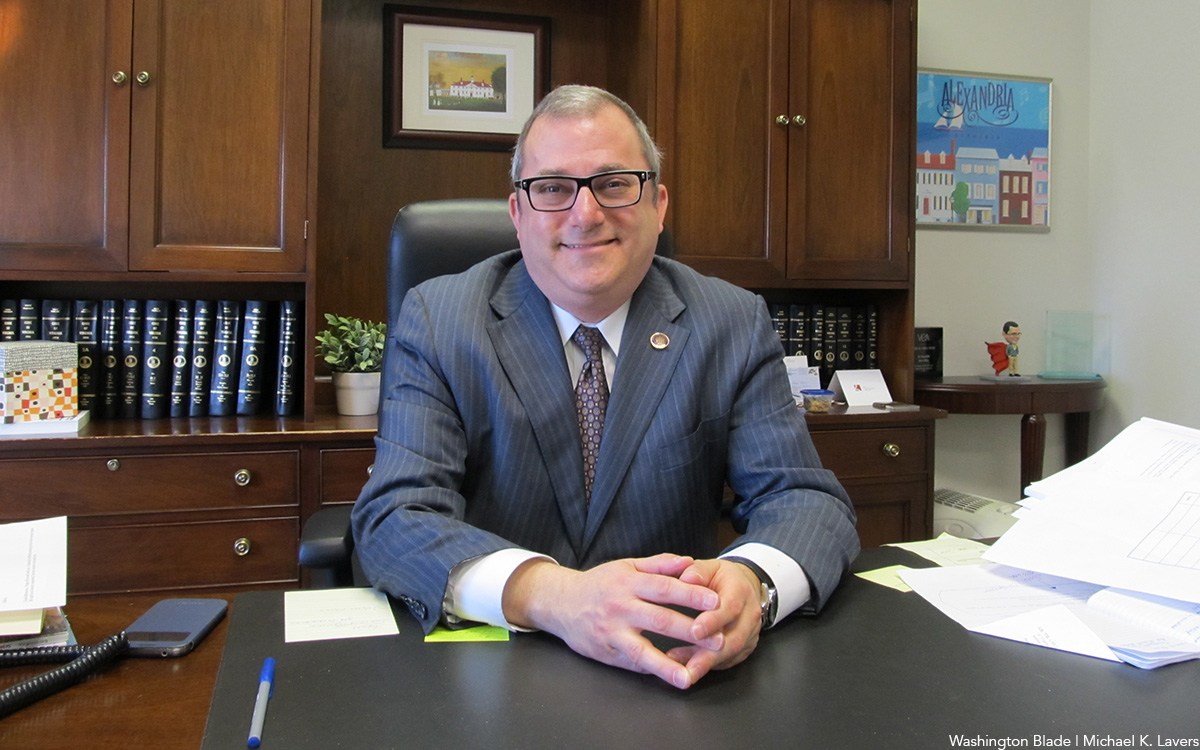
Alexandria Democrat Adam Ebbin, who has served as an openly gay member of the Virginia Legislature since 2004, announced on Jan. 7 that he is resigning from his seat in the State Senate to take a job in the administration of Gov.-Elect Abigail Spanberger.
Since 2012, Ebbin has been a member of the Virginia Senate for the 39th District representing parts of Alexandria, Arlington, and Fairfax counties. He served in the Virginia House of Delegates representing Alexandria from 2004 to 2012, becoming the state’s first out gay lawmaker.
His announcement says he submitted his resignation from his Senate position effective Feb. 18 to join the Spanberger administration as a senior adviser at the Virginia Cannabis Control Authority.
“I’m grateful to have the benefit of Senator Ebbin’s policy expertise continuing to serve the people of Virginia, and I look forward to working with him to prioritize public safety and public health,” Spanberger said in Ebbin’s announcement statement.
She was referring to the lead role Ebbin has played in the Virginia Legislature’s approval in 2020 of legislation decriminalizing marijuana and the subsequent approval in 2021of a bill legalizing recreational use and possession of marijuana for adults 21 years of age and older. But the Virginia Legislature has yet to pass legislation facilitating the retail sale of marijuana for recreational use and limits sales to purchases at licensed medical marijuana dispensaries.
“I share Governor-elect Spanberger’s goal that adults 21 and over who choose to use cannabis, and those who use it for medical treatment, have access to a well-tested, accurately labeled product, free from contamination,” Ebbin said in his statement. “2026 is the year we will move cannabis sales off the street corner and behind the age-verified counter,” he said.
Maryland
Steny Hoyer, the longest-serving House Democrat, to retire from Congress
Md. congressman served for years in party leadership
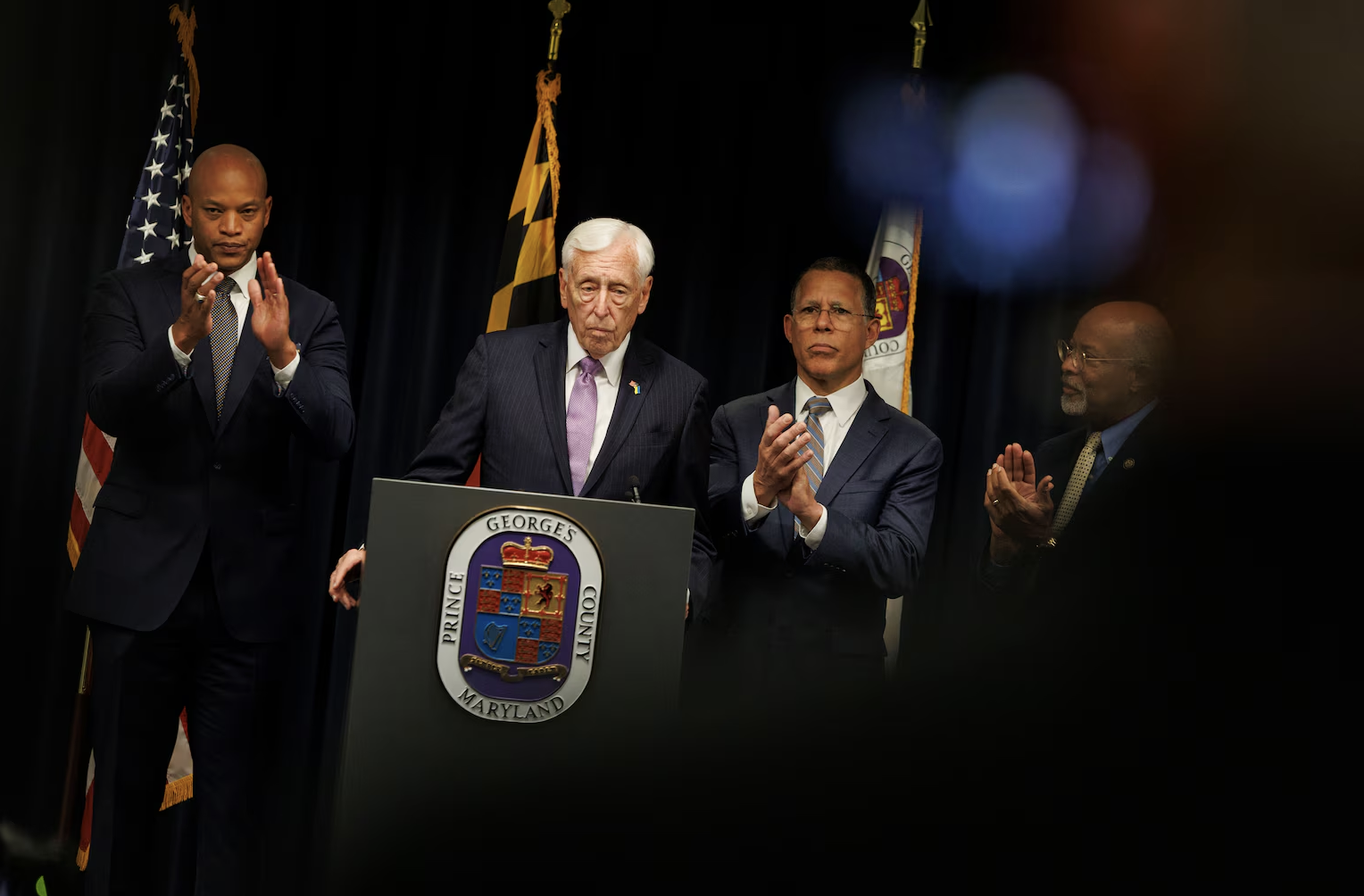
By ASSOCIATED PRESS and LISA MASCARO | Rep. Steny Hoyer of Maryland, the longest-serving Democrat in Congress and once a rival to become House speaker, will announce Thursday he is set to retire at the end of his term.
Hoyer, who served for years in party leadership and helped steer Democrats through some of their most significant legislative victories, is set to deliver a House floor speech about his decision, according to a person familiar with the situation and granted anonymity to discuss it.
“Tune in,” Hoyer said on social media. He confirmed his retirement plans in an interview with the Washington Post.
The rest of this article can be found on the Baltimore Banner’s website.
District of Columbia
Kennedy Center renaming triggers backlash
Artists who cancel shows threatened; calls for funding boycott grow

Efforts to rename the Kennedy Center to add President Trump’s name to the D.C. arts institution continue to spark backlash.
A new petition from Qommittee , a national network of drag artists and allies led by survivors of hate crimes, calls on Kennedy Center donors to suspend funding to the center until “artistic independence is restored, and to redirect support to banned or censored artists.”
“While Trump won’t back down, the donors who contribute nearly $100 million annually to the Kennedy Center can afford to take a stand,” the petition reads. “Money talks. When donors fund censorship, they don’t just harm one institution – they tell marginalized communities their stories don’t deserve to be told.”
The petition can be found here.
Meanwhile, a decision by several prominent musicians and jazz performers to cancel their shows at the recently renamed Trump-Kennedy Center in D.C. planned for Christmas Eve and New Year’s Eve has drawn the ire of the Center’s president, Richard Grenell.
Grenell, a gay supporter of President Donald Trump who served as U.S. ambassador to Germany during Trump’s first term as president, was named Kennedy Center president last year by its board of directors that had been appointed by Trump.
Last month the board voted to change the official name of the center from the John F. Kennedy Memorial Center For The Performing Arts to the Donald J. Trump And The John F. Kennedy Memorial Center For The Performing Arts. The revised name has been installed on the outside wall of the center’s building but is not official because any name change would require congressional action.
According to a report by the New York Times, Grenell informed jazz musician Chuck Redd, who cancelled a 2025 Christmas Eve concert that he has hosted at the Kennedy Center for nearly 20 years in response to the name change, that Grenell planned to arrange for the center to file a lawsuit against him for the cancellation.
“Your decision to withdraw at the last moment — explicitly in response to the Center’s recent renaming, which honors President Trump’s extraordinary efforts to save this national treasure — is classic intolerance and very costly to a non-profit arts institution,” the Times quoted Grenell as saying in a letter to Redd.
“This is your official notice that we will seek $1 million in damages from you for this political stunt,” the Times quoted Grenell’s letter as saying.
A spokesperson for the Trump-Kennedy Center did not immediately respond to an inquiry from the Washington Blade asking if the center still planned to file that lawsuit and whether it planned to file suits against some of the other musicians who recently cancelled their performances following the name change.
In a follow-up story published on Dec. 29, the New York Times reported that a prominent jazz ensemble and a New York dance company had canceled performances scheduled to take place on New Year’s Eve at the Kennedy Center.
The Times reported the jazz ensemble called The Cookers did not give a reason for the cancellation in a statement it released, but its drummer, Billy Hart, told the Times the center’s name change “evidently” played a role in the decision to cancel the performance.
Grenell released a statement on Dec. 29 calling these and other performers who cancelled their shows “far left political activists” who he said had been booked by the Kennedy Center’s previous leadership.
“Boycotting the arts to show you support the arts is a form of derangement syndrome,” the Times quoted him as saying in his statement.
-

 National3 days ago
National3 days agoWhat to watch for in 2026: midterms, Supreme Court, and more
-

 District of Columbia5 days ago
District of Columbia5 days agoTwo pioneering gay journalists to speak at Thursday event
-

 Colombia4 days ago
Colombia4 days agoBlade travels to Colombia after U.S. forces seize Maduro in Venezuela
-

 a&e features5 days ago
a&e features5 days agoQueer highlights of the 2026 Critics Choice Awards: Aunt Gladys, that ‘Heated Rivalry’ shoutout and more

